Imagine stumbling into a cave where icy sheets glisten in the dark, untouched for thousands of years—captured and preserved by walls of ancient volcanic rock. This is no scene from a fantasy novel; it’s the astonishing reality of lava tubes hiding in the shadows of volcanoes. In these secret underworlds, ice survives against all odds, holding secrets to Earth’s climate, ecosystem, and perhaps even the future of life itself. The discovery of this ancient ice is not just a scientific curiosity—it’s a time capsule, a frozen archive waiting to rewrite what we know about our planet. Step inside these silent corridors and explore what scientists are learning from the frosty relics hidden within.
The Mysterious Origins of Lava Tubes
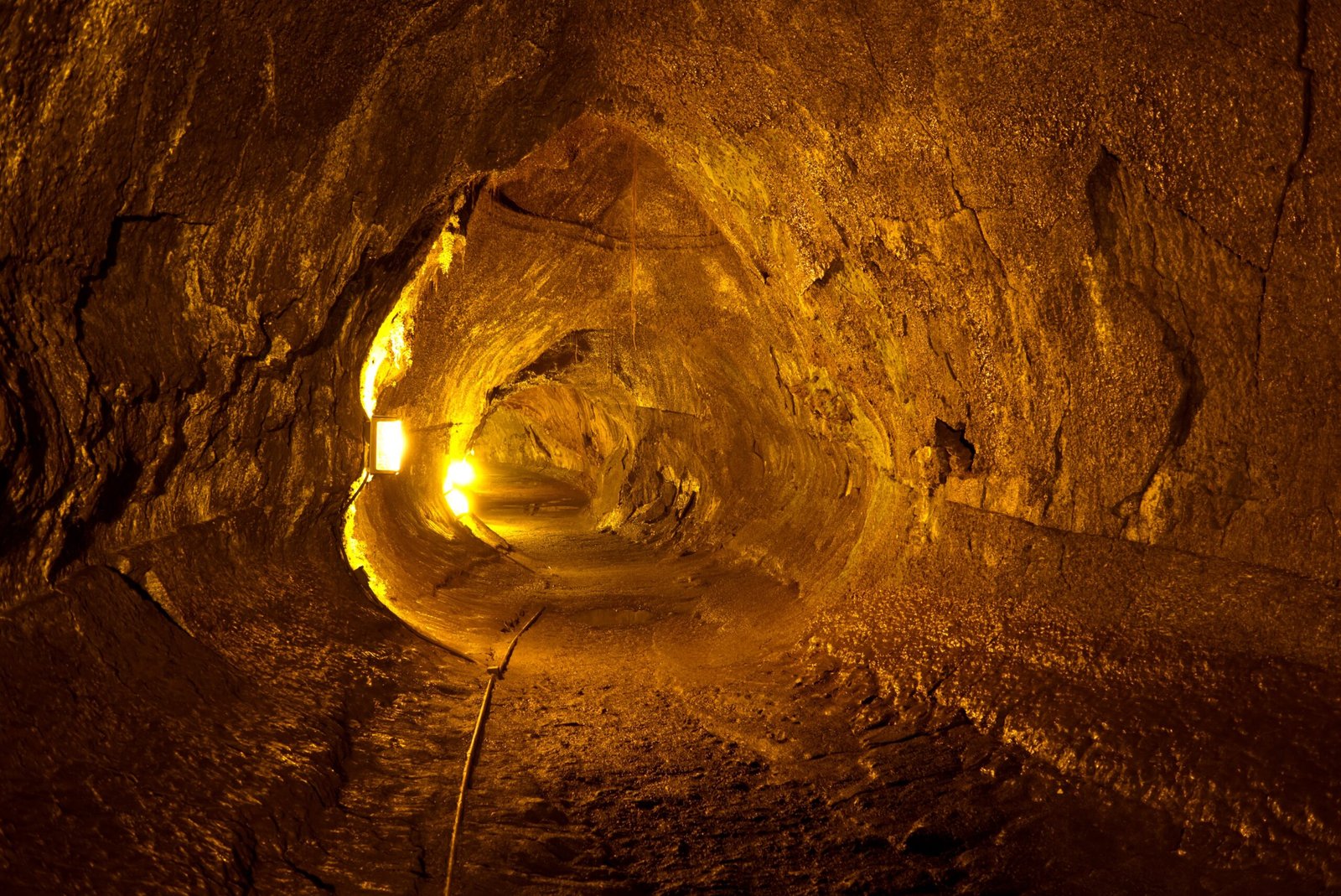
Lava tubes form when rivers of molten lava flow beneath the surface during volcanic eruptions, carving out winding tunnels as the outer layer cools and hardens. These natural tunnels can stretch for miles, twisting and turning beneath the landscape like secret veins. Over time, as eruptions cease and temperatures drop, these hollow spaces become isolated from the chaotic world above. In some rare cases, water seeps in and freezes, creating ice formations that can last for centuries or even millennia. The origins of lava tubes are not only fascinating geology but also set the stage for the preservation of ancient ice within their depths. This unique combination of fire and ice makes lava tubes an irresistible subject for scientists seeking clues about our planet’s past.
How Ice Survives in the Depths

It seems almost impossible—ice surviving in volcanic rock, sometimes just meters below ground in regions that aren’t traditionally cold. The secret lies in the stable, chilly microclimate within these tubes. Shielded from sunlight and insulated by thick layers of rock, the interior temperature often hovers just below freezing, even while the world outside bakes in summer heat. With minimal airflow and little exposure to external weather, the ice remains undisturbed, preserved in pristine form. This hidden world is a stark contrast to the chaos of melting glaciers and shrinking ice caps seen elsewhere. The fact that such ice can remain for thousands of years in these unlikely places turns the scientific world’s expectations upside down.
Unearthing Clues About Earth’s Ancient Climate
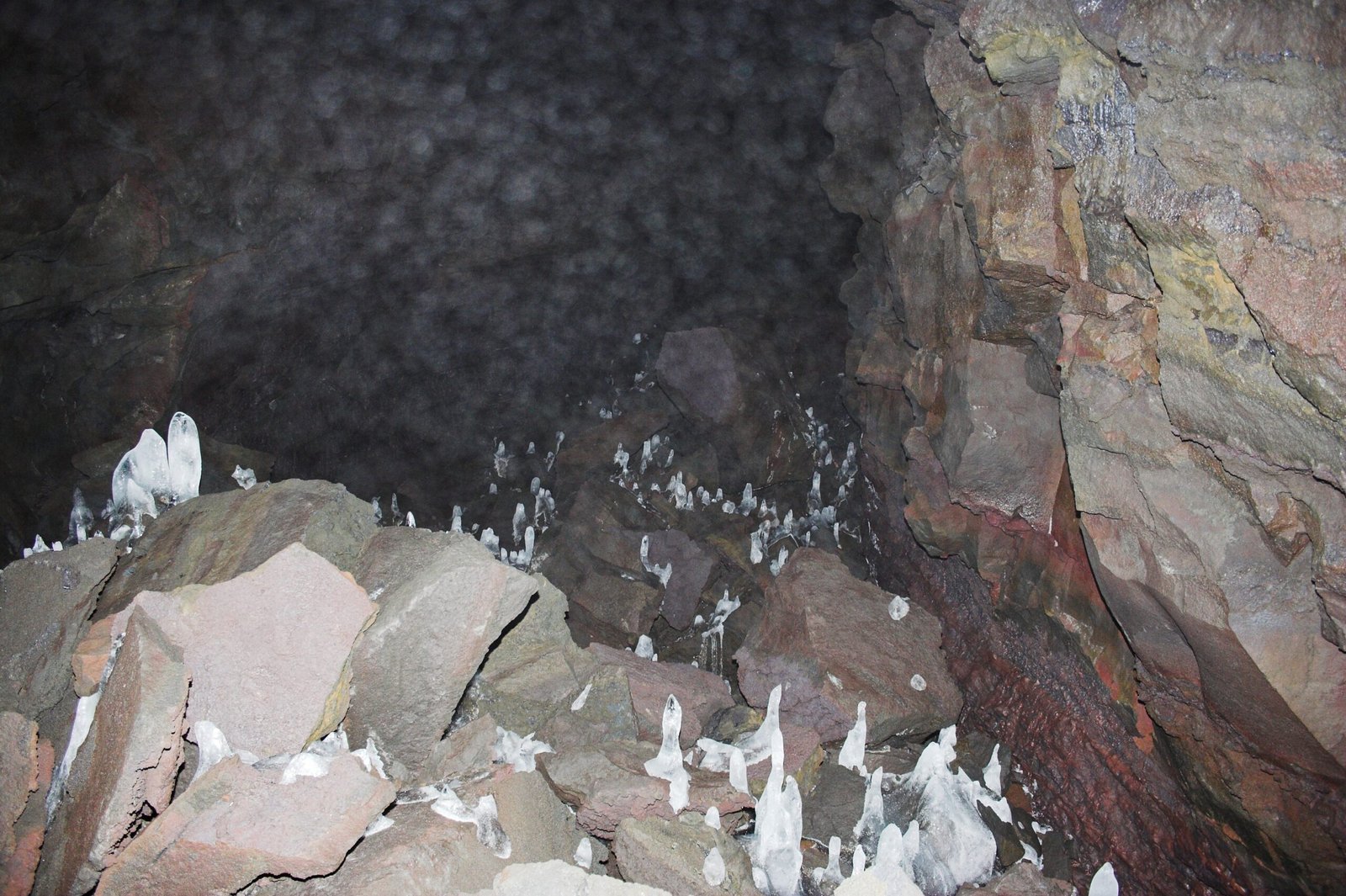
Scientists are drawn to lava tube ice because it acts like a historical record, preserving details about Earth’s atmosphere long before modern record-keeping began. As snow and rainwater percolate through the ground and freeze in these tubes, they trap tiny air bubbles and bits of organic material. Analyzing these elements lets researchers reconstruct climate data from hundreds or even thousands of years ago. This information is invaluable, giving us a rare window into past temperatures, pollution levels, and even catastrophic volcanic events. The revelations from these icy archives are helping to fill gaps in our understanding of how climate has changed over time—and what might await us in the future.
Microbial Life in Frozen Darkness
One of the most thrilling discoveries inside lava tube ice comes from the realm of biology. Scientists have found thriving communities of microbes living in these frozen depths—organisms that have adapted to complete darkness, low temperatures, and an environment rich in minerals leached from volcanic rock. Some of these microbes are unlike any found elsewhere on Earth. Studying them not only expands our understanding of life’s resilience but also fuels speculation about life on other planets. After all, if life can thrive in such harsh conditions here, who’s to say it couldn’t exist in similar environments on Mars or the icy moons of Jupiter?
Preserving Ancient DNA and Organic Matter
Lava tube ice isn’t just a climate archive—it’s also a genetic one. Frozen within these layers are traces of ancient plants, pollens, and even animal DNA, preserved in astonishing detail. These biological remnants can reveal what kinds of life once flourished in the regions above, painting a richer picture of ancient ecosystems. By carefully extracting and analyzing these samples, scientists gain insight into how species responded to climate shifts or volcanic eruptions. This work is painstaking and delicate, but the rewards are immense: every fragment of DNA or plant material tells a story that might otherwise have been lost forever.
Natural Time Capsules: What Makes Lava Tubes Unique?
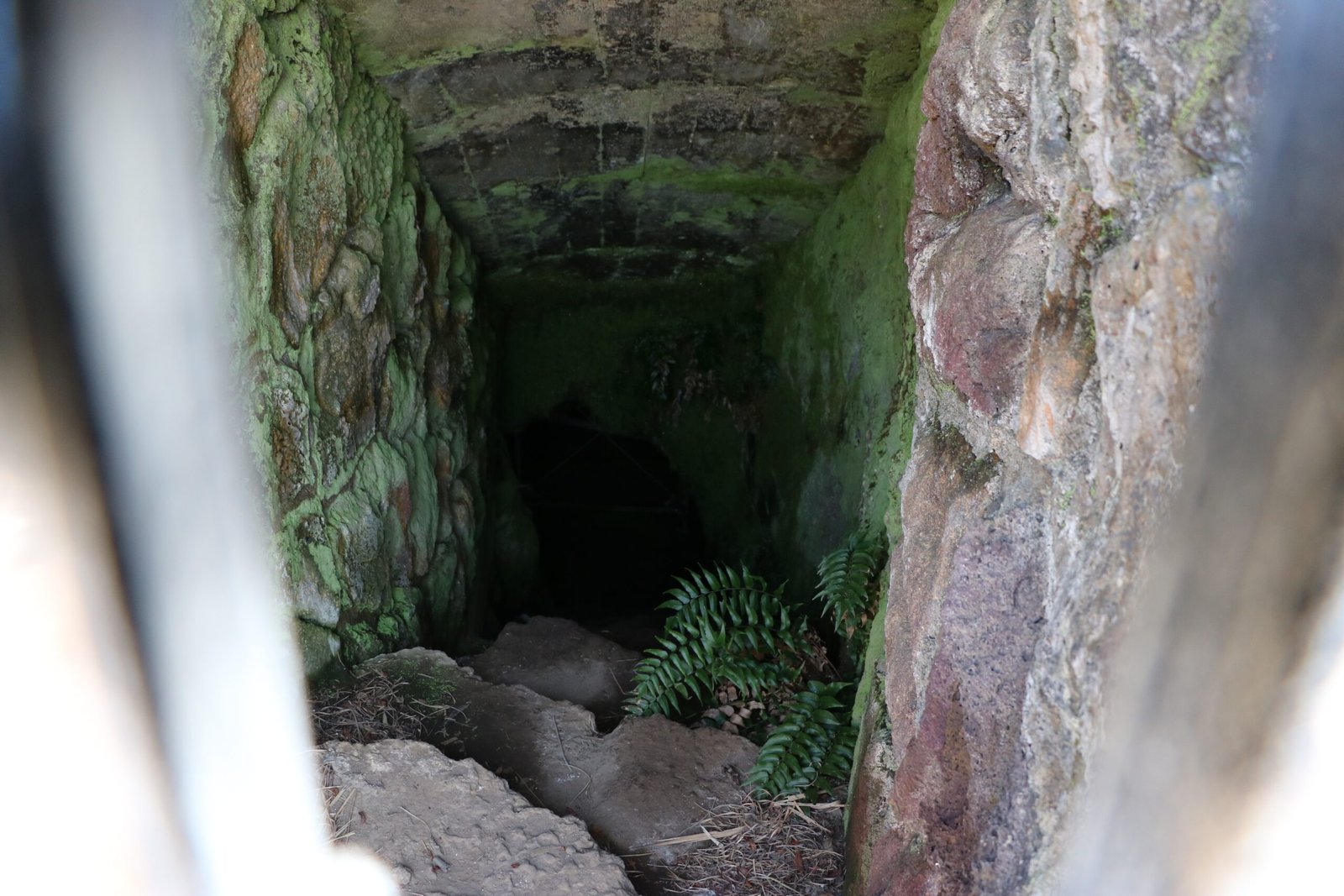
Most people think of ice cores from glaciers or polar regions when they imagine ancient ice. But lava tubes offer something uniquely valuable: they are often less disturbed by human activity, pollution, or seasonal thawing. Their isolation and geological stability protect their icy contents, making them some of the most pristine time capsules on Earth. Each tube is like a locked vault, preserving not just ice, but an entire microcosm of the past. This makes them irreplaceable for scientific research, offering a fresh perspective compared to more commonly studied ice sources.
What We’ve Learned About Volcanic History
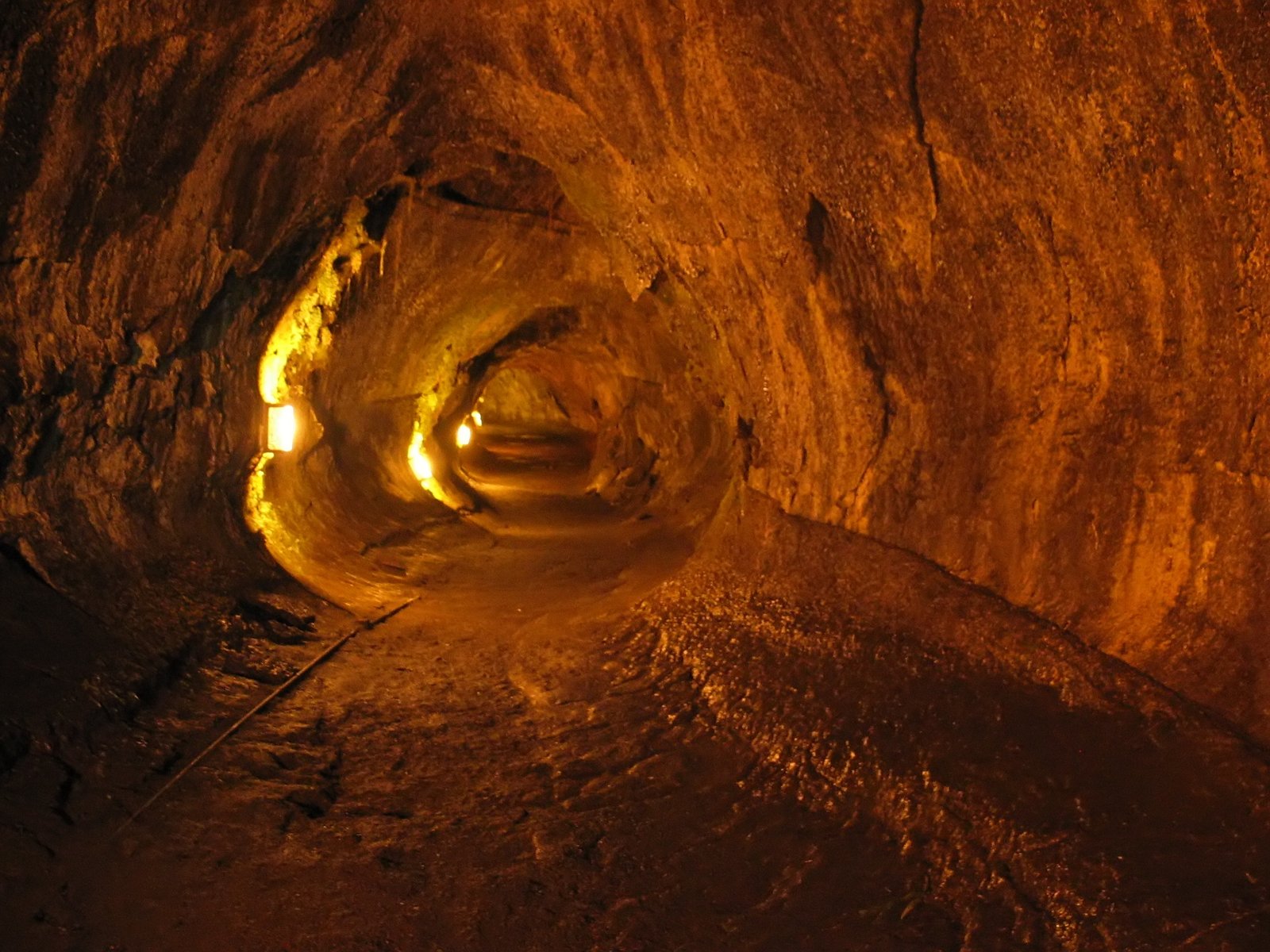
The study of ice in lava tubes has even helped scientists decode the history of the volcanoes themselves. Layers of ash, trapped gases, and mineral deposits within the ice can reveal the timing and intensity of past eruptions. By reading these subtle signs, geologists can build more accurate timelines for volcanic activity, which is crucial for predicting future eruptions and understanding how volcanoes shape their environments. Lava tube ice, surprisingly, becomes a silent storyteller of the fiery world that created it.
Why Lava Tube Ice Matters in a Warming World
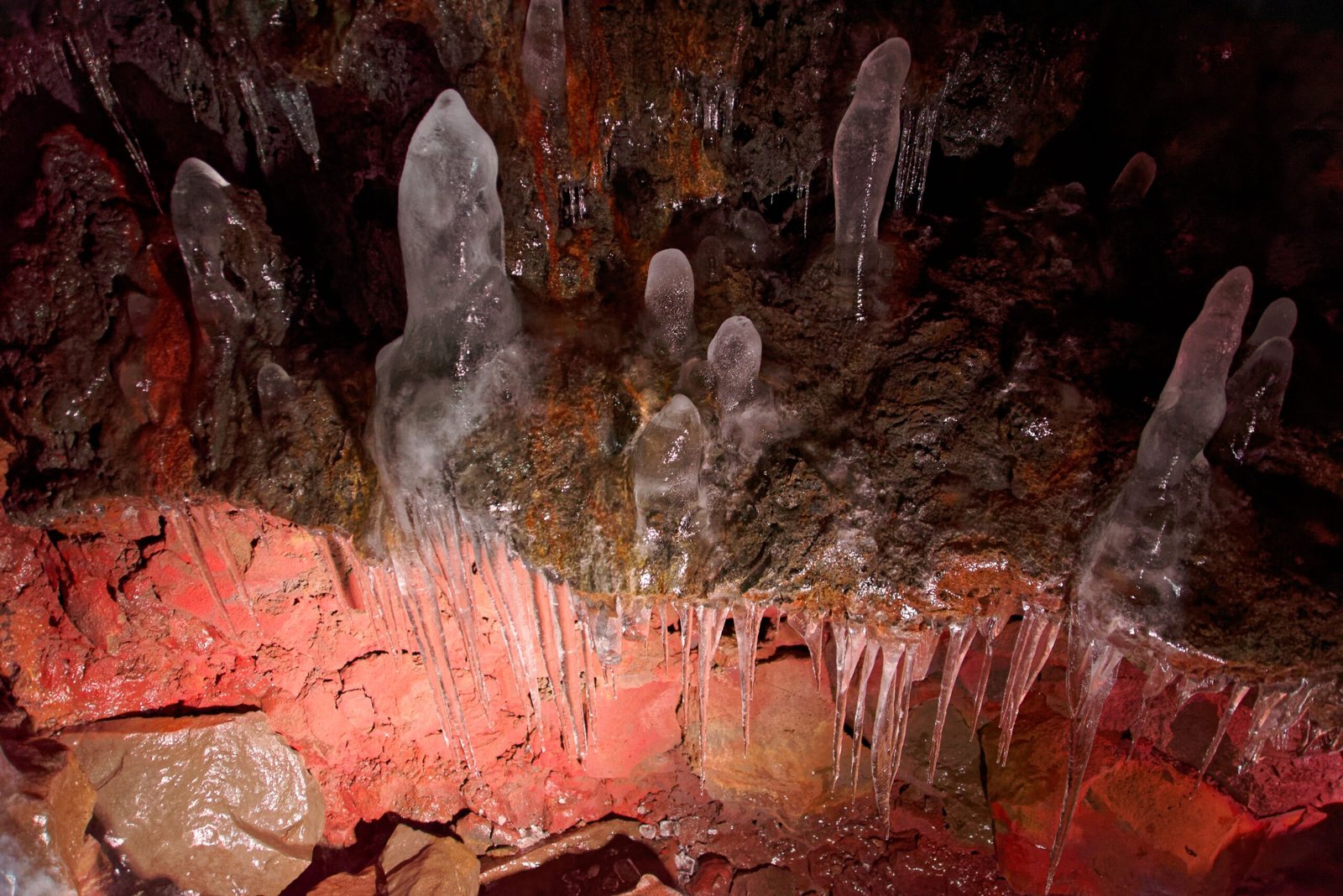
As global temperatures rise, ancient ice everywhere is under threat—including that hidden in lava tubes. These precious reserves hold irreplaceable data about Earth’s natural rhythms and responses to climate change. If lost, that knowledge vanishes with them. Scientists are racing to document and preserve these icy archives before they melt away. The urgency is palpable: every year of delay risks erasing critical lessons about the resilience and fragility of our planet’s climate systems.
Techniques for Studying Lava Tube Ice
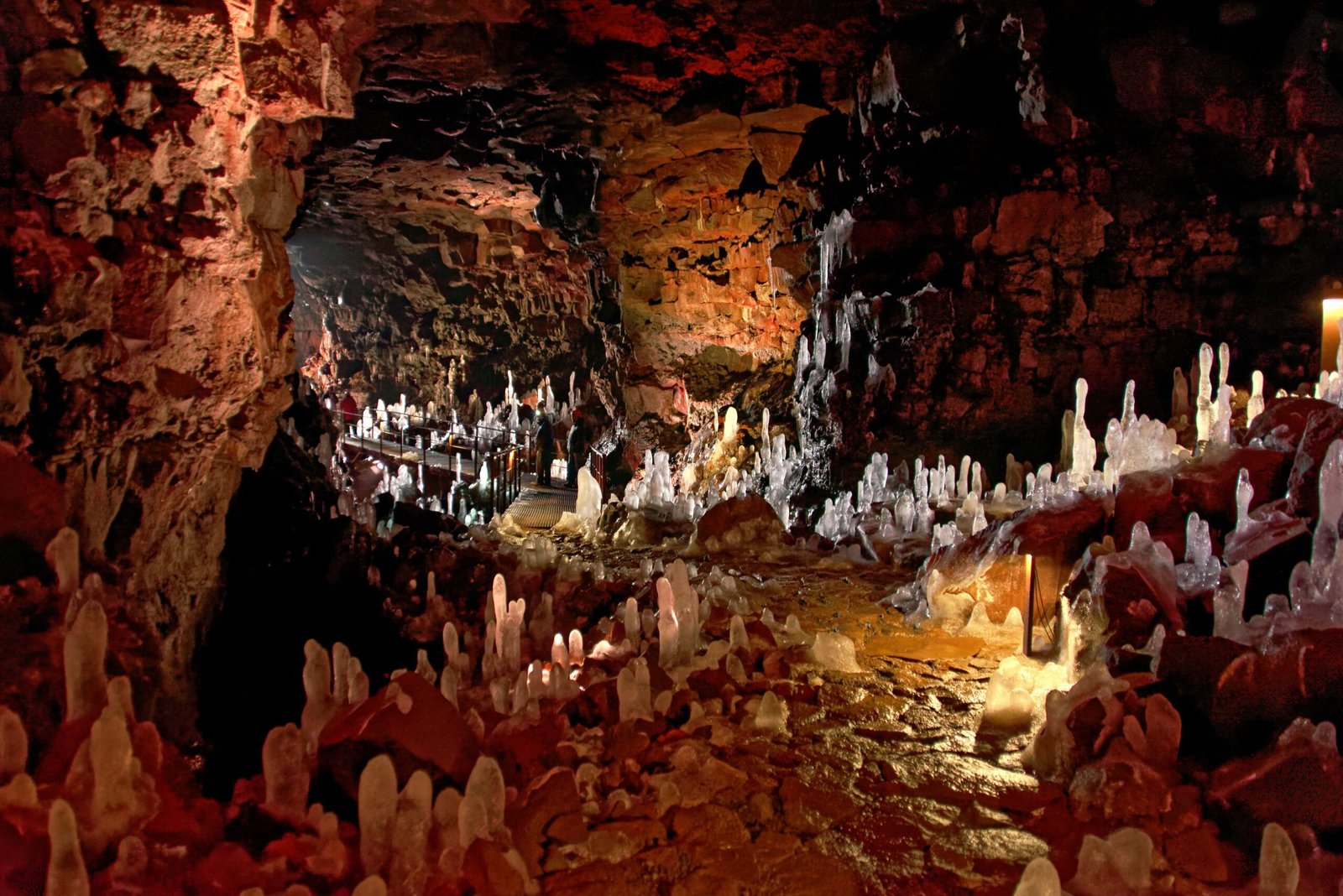
Studying ice hidden deep within rock isn’t easy. Researchers must use specialized equipment—such as remote sensors, drilling rigs, and portable cryogenic labs—to access and analyze samples without contaminating them. The process is slow and demanding, often requiring teams to spend hours in cramped, freezing, and pitch-black conditions. Even so, the information gained from these expeditions—whether it’s chemical signatures, trapped gases, or microbial DNA—more than repays the effort. Technological advances have made it possible to gather more data than ever before, opening up new frontiers in lava tube research.
The Global Hunt for Lava Tube Ice

Lava tubes aren’t unique to one region—they’re found on every continent where volcanoes once flowed. From the volcanic fields of Hawaii and Iceland to the desolate stretches of eastern Russia, scientists are searching the globe for untouched lava tube ice. Each new discovery adds another piece to the puzzle, showing how these hidden environments differ across the world. The hunt is as much an adventure as it is a scientific mission, with researchers braving remote landscapes and unpredictable weather in their quest for knowledge.
Lessons for Planetary Science and Space Exploration

The bizarre environments of lava tubes have sparked the imagination of planetary scientists. Many believe that similar tubes may exist beneath the surfaces of Mars or the Moon, potentially preserving ice or even signs of life. By studying how ice survives on Earth in these conditions, scientists can better design missions to search for life beyond our planet. The parallels are striking: darkness, extreme cold, volcanic rock—ingredients that could exist in abundance elsewhere in our solar system. Lava tubes may offer the blueprint for future exploration and discovery far from home.
Challenges and Dangers of Exploring Lava Tubes

Exploring lava tubes isn’t for the faint of heart. The tunnels can be unstable, with loose rocks and sudden drops, and the freezing temperatures add another layer of risk. Navigating these winding passages requires careful planning, specialized gear, and a healthy dose of courage. Despite the dangers, scientists and adventurers are drawn back time and again, motivated by the promise of new discoveries. Every journey underground is a reminder that knowledge often comes at the edge of comfort and safety.
The Fragile Balance: Protecting These Icy Archives

Lava tube ice is incredibly vulnerable. Even the presence of researchers can introduce heat or contaminants that threaten its preservation. As more people learn about these hidden wonders, the risk of accidental damage or overexposure grows. Scientists are working with conservationists and local communities to establish protocols for safe exploration and study. The goal is to balance the thirst for knowledge with the need to protect these irreplaceable natural archives for future generations.
Indigenous Knowledge and Local Legends
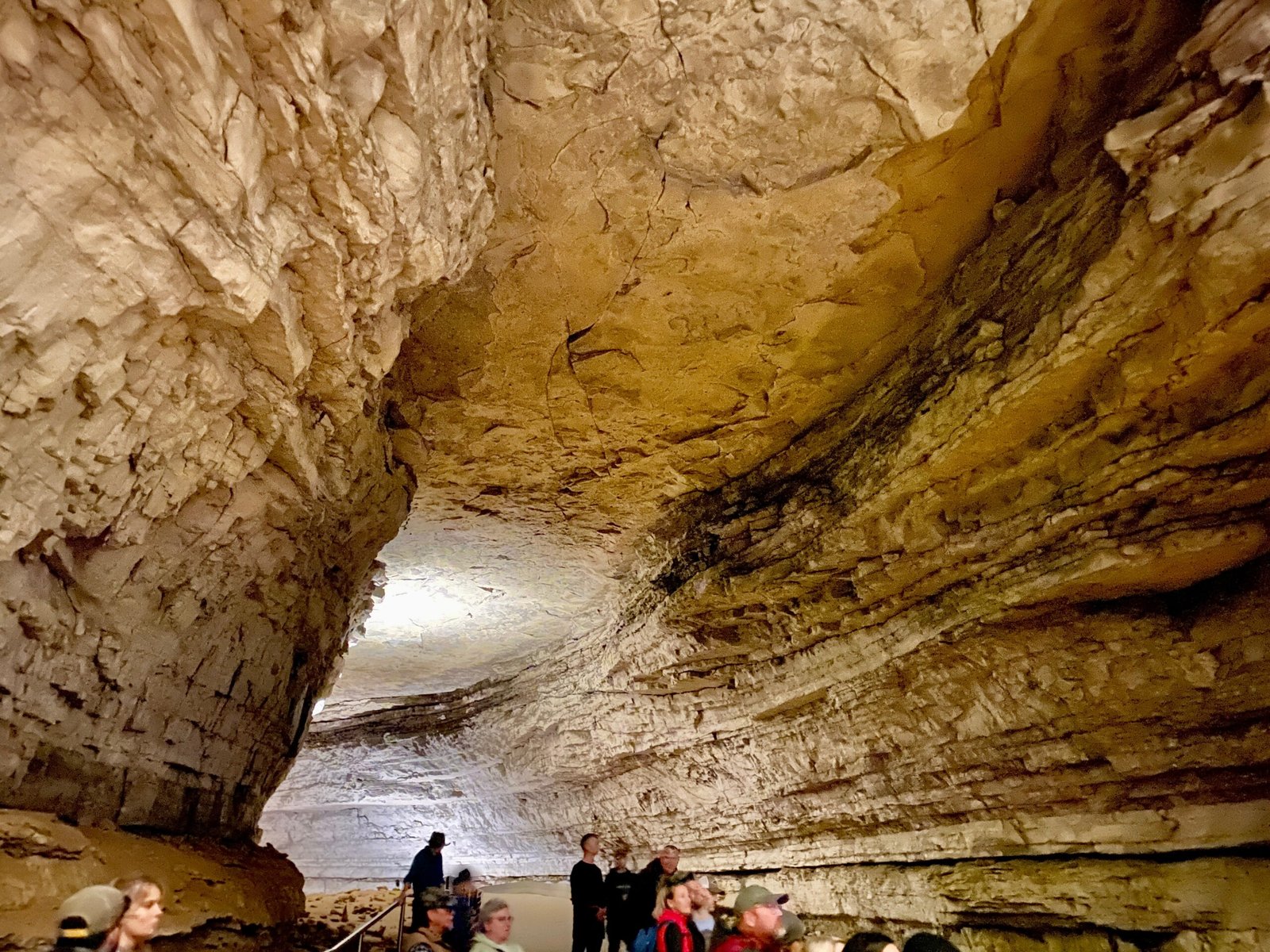
In many regions, lava tubes are woven into the fabric of indigenous culture and legend. Local stories often speak of spirits or guardians living in these caves, and traditional knowledge sometimes contains surprising insights about their history or ecology. Scientists are increasingly turning to these sources for guidance, recognizing that centuries of lived experience can complement modern research. By respecting and integrating indigenous wisdom, the study of lava tube ice becomes richer and more holistic.
Unexpected Beauty: The Artistry of Ice Formations
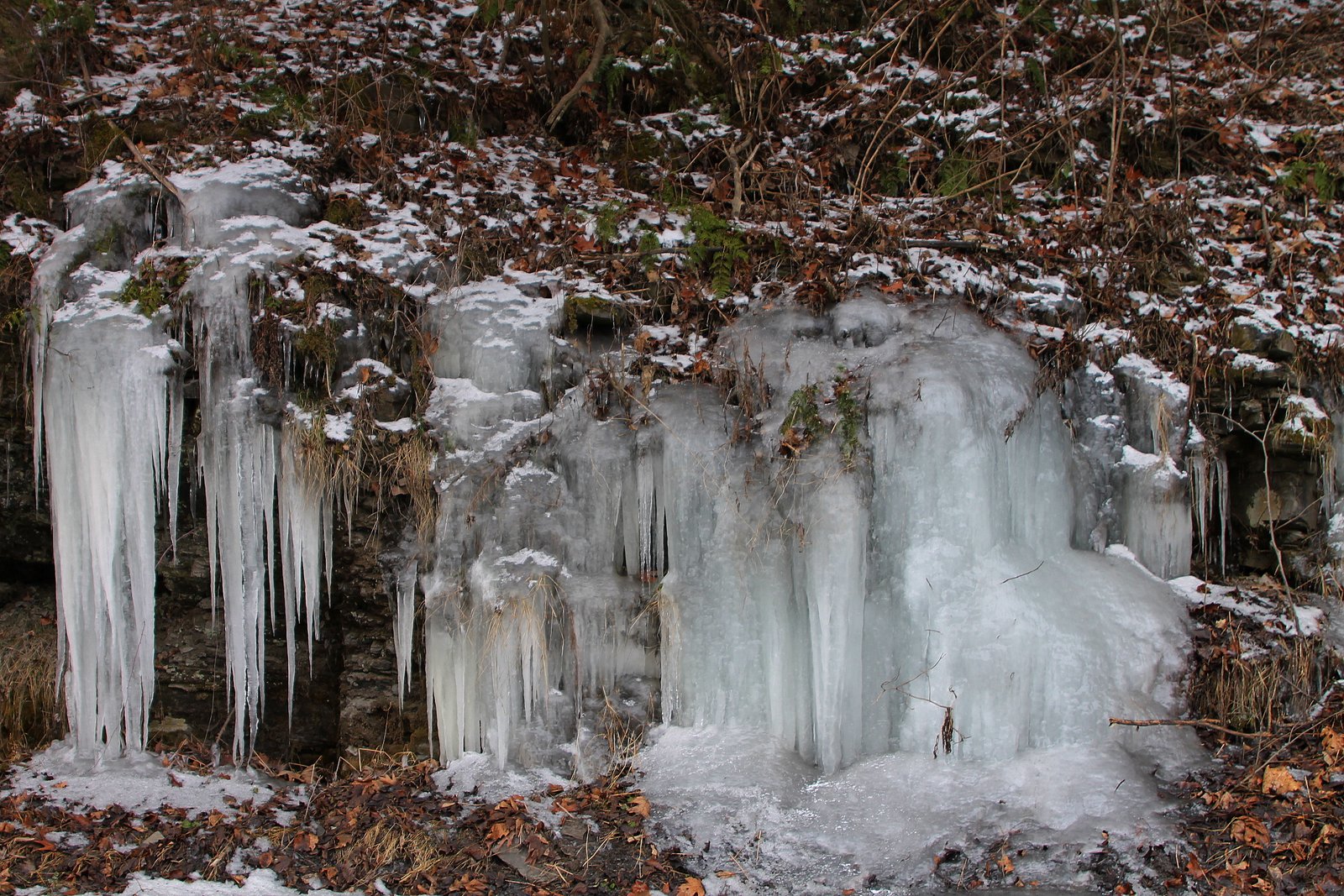
Beyond their scientific value, the ice formations inside lava tubes are breathtakingly beautiful. Sheets of glassy ice, delicate stalactites, and shimmering frost create scenes that feel otherworldly. Photographers and artists who venture into these spaces often describe them as “cathedrals of ice,” where nature’s artistry is on full display. These frozen wonders remind us that science and beauty often walk hand in hand, inspiring awe and curiosity in equal measure.
The Future of Lava Tube Ice Research
The story of lava tube ice is still unfolding. With new discoveries each year, scientists are only just beginning to understand the full extent of what these frozen vaults can reveal. Advances in technology, greater international collaboration, and growing public interest promise to accelerate research in the coming decade. The hope is that by unlocking the secrets of lava tube ice, we will gain not only answers about our past, but also the wisdom to protect our planet’s future.
Reflections from the Underground World

Standing in the silence of a lava tube, surrounded by relics of a colder world, it’s impossible not to feel humbled. These icy archives connect us to ancient climates, vanished ecosystems, and the enduring mystery of life itself. They are reminders of how much we have yet to learn—and how easily knowledge can slip away if we’re not careful. What other astonishing secrets might our planet be hiding, just out of sight?


